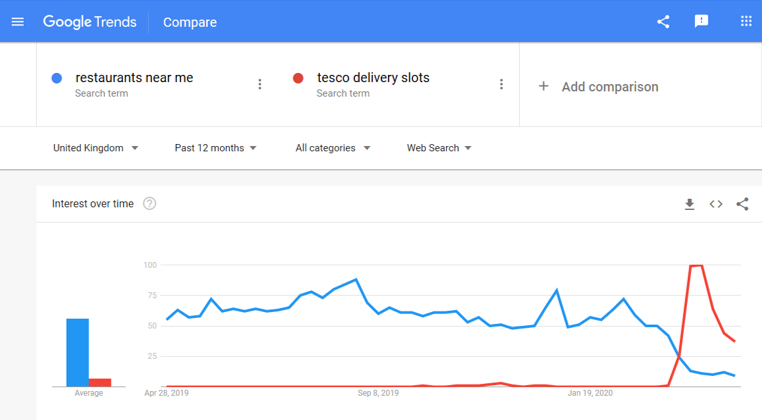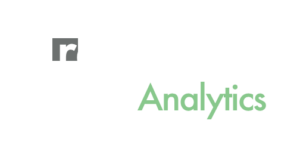Firstly, what is MVP?
Minimum viable product (MVP) is a product with just enough features to satisfy an initial delivery requirement. This output can be assessed and feedback can shape future product development. It is associated with agile project management methodology, characterised by the division of tasks into short phases (or sprints) of work with frequent re-assessment and adaptation of plans.
The main benefit of Agile Project Management is its ability to recognise and respond to issues as they arise throughout the course of a project or task. Making a necessary change to a project at the right time can save resources and ultimately, help deliver a successful project on time and within budget.
Secondly, what is Minimum Customer Insight?
Our definition of Minimum Customer Insight is; the minimum analysis output delivering nuggets of knowledge that can be activated by the business. Then, these real world learnings can be fed back into your insight roadmap to ensure continued relevance and alignment of your effort with your desired knowledge requirement.
So why is being agile with our customer insights more relevant now?
Our world has shifted 90 degrees. Businesses need to be different and respond quickly to survive and prosper. To act differently business needs usable insight and it needs it on turbocharged-acid feeding straight into its business activities. This intelligence provides the fuel for new decisions that need to happen now!
Like the proverbial pack-of-cards our world has been thrown into the air, we don’t know when it will land, nor what the different parts of it will look like when it eventually lands.
We are all living radically different lives since mid March 2020.
People at this moment are living life by exception. Working, schooling, socialising, down-time, consumption of information, food, entertainment, day-to-day products, it’s all feeling very different to our norm.

Source: Google Trends 24 Apr 2020. A look at google trends search terms ‘restaurants near me’ compared with ‘Tesco delivery slots’ gives us a quick indication of behaviour change occurring In March & April versus the normal search behaviour over the previous 12 months.
A moment has happened that had not been imagined by most of us. When moments like this occur it changes our behaviour, our perceptions of the now and has the potential to re-train our future behaviour.
The speed of this change is exceptional. Business needs to move fast to catch up, taking action now for short term survival whilst readying for this unknown future. Agile working practice provides a platform perfectly suited to this environment – delivering incremental nuggets of value, driving towards a long term strategy whilst – as the name suggests – enabling an agile direction of travel responsive to change.
How do we address this radical market shift?
To survive and prepare to prosper, all 2020 business plans need to be thrown out the window and re-created for this moment now, and to ready ourselves for the 20’s 2.0.
We need to understand our new reality and where we fit within it, what we can do and deliver as a business. This needs to take place in context of the new demands of our market-place. And in fact, this is as true for the operational pre-conceptions, as it is for customer and market behaviour changes.
Ask questions about our customers and how we service them
We need to work out what we need to know and how quickly we need to know it. The focus for this is driven by what decisions we need to make and thus the information we need to make them!
Do our business and market insights give us the answers that allow us to confidently invest money and effort? There’s a need to look at our insight stack and identify what we’ve got with a fresh perspective. Mindful of the new questions we are asking, what are our information gaps? Can we fill the gaps? Can we do this quickly enough?
What we thought we knew we may not know now!
The truth is that what happens next is more unpredictable than ever before. Therefore models built on past customer behaviours are likely to be less robust in forecasting future action. New behaviour patterns are being created, so we need to re-question what we know about our customers and re-explore what conclusions can be drawn so that we can apply this reconfigured thinking to our activity.
Looking at behaviour of our customer base in May 2018 and May 2019 will in all likelihood not be indicative of behaviour in May 2020.
Behaviour during the early months of lockdown will provide an indication of behaviour in the new moment but will need to be treated with care. In all possibility these behaviours could be initial knee jerk responses. These may settle down to a new normal after a-to-be identified time period. For examples of this, think back to the public rush for toilet rolls and pasta in March, which at time of writing have now fallen back to a more normal demand. Whereas hand sanitisers and face masks have remained high demand items potentially heading towards new demand norms post lockdown.
So we need to tread with care. But not throw out the baby, the bath water and the bath!
Fundamental truths about shopper missions will likely still stand
But, we need to review with fresh eyes, identify the key performance impactors of business performance, nudge positive movement in them and track levels of success.
Speed to market is critical and so early formed hypotheses from minimum customer insights are best tested in the real world rather than honed in the analytics lab.
There is no fixed rule on when is the point to move from analysis to market testing hypotheses. It is a perennial balance between acting upon the information to hand and holding out for better more robust intelligence to inform that decision. A mix of analytical confidence, timeliness and activity risk/benefit will influence this decision. There is a point where the marginal returns of analysis will have nominal impact on your actions. In fact the marginal return of testing in the live environment could more quickly accelerate your learning and confidence in the findings than analytics per se.
However, what is truer now than ever before is that the need to get out there and run ‘test & learn’ quickly, has never been greater.
In summary a Minimum Customer Insight approach enables immediacy of understanding & action
Developing Minimum Customer Insight through an agile approach will deliver bite-size chunks of learning. It allows for delivery of incremental nuggets of value whilst heading towards an end game that will likely change by the time you have all your insight in front of you. Therefore it is a perfect framework for our currently unpredictable world.
Here at Treehouse Analytics we have been strong advocates of agile working since our launch. This, and our philosophy of working closely with partners to curate their current capability and data assets, has enabled us to ensure we optimise effort and investment in a way that is continually aligned with their changing needs.
Short term action that’s long term ready
It is more relevant than ever to take this pragmatic approach to our insight needs, so that we inform action now, and build a capability that can handle what’s ahead.
email me at: [email protected]
